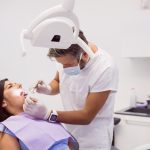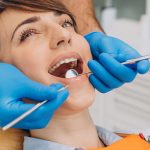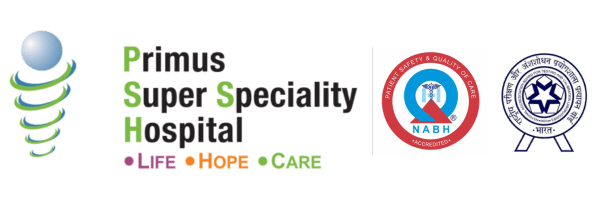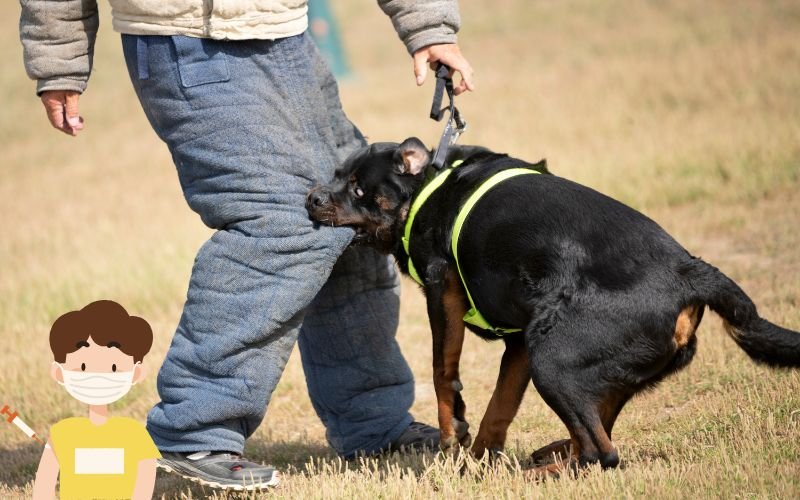Have you ever been bitten by a dog and wondered what to do next? With so many stray dogs in Delhi, dog bites are very common. However, dog bites may have serious consequences including the risk of rabies. It is important to act immediately after a dog has bitten you. This will help you prevent further risks and protect your health. Read this blog until the end to learn about rabies, its transmission, dog bite vaccination & treatment.
What is Rabies & How is it Transmitted?
Rabies is a viral disease and it can be deadly to both animals and humans. It is important to act quickly if there is a risk of spreading. Rabies affects the brain and nervous system. This may lead to symptoms such as fever, confusion, and paralysis. Once symptoms appear, rabies is almost always fatal.
Dog bites and scratches can introduce the rabies virus into the body through the dog’s saliva. The virus can enter the body when saliva from an infected dog comes into contact with an open wound or mucous membranes (like the eyes or mouth). Rabies is spread by the bite of an infected animal, though scratches or licking of open wounds can also pose a risk.
Signs and Symptoms of Rabies:
- Fever
- Pain at the site of the bite
- Tingling or itching at the bite site
- Muscle weakness
- Difficulty swallowing
- Confusion and agitation
- Paralysis
Immediate First Aid After a Dog Bite
If you are bitten by a dog, it’s important to act quickly to reduce the risk of infection and rabies.
- Wound Cleaning: Clean the bite with soap and clean water for at least 15 minutes. This helps to reduce the number of bacteria at the wound site.
- Disinfecting the Bite: After cleaning, use alcohol or povidone-iodine (if available) to disinfect the area. This helps to kill any germs that could lead to infection.
Evaluating the Risk of Rabies
The risk of rabies after a dog bite depends on the following factors –
- Type of dog: If the dog is a stray, wild animal, or unvaccinated, the risk is higher. Domestic dogs that are vaccinated against rabies pose a lower risk.
- Location and behaviour of the dog: A dog acting aggressively, or one that is sick or behaving strangely, can be a cause for concern.
- Type of bite: A deep, penetrating bite is more likely to introduce the virus into the body than a superficial scratch.
Observing the Dog:
If the dog is available, it should be observed for 10 days. If the dog becomes ill or dies during this time, rabies vaccination will be necessary.
When Rabies Prophylaxis is Needed:
Rabies vaccination is needed if:
- The dog is unknown, wild, or unvaccinated.
- The bite is deep or from a dog acting unusually (e.g., foaming at the mouth, disoriented).
- The dog cannot be found or observed.
What Is PEP?
Post-exposure prophylaxis (PEP) is the treatment given to prevent rabies after a potential exposure. The treatment includes a series of injections (vaccines) and, if necessary, human rabies immune globulin (HRIG).
Components of the PEP Regimen:
- Human Rabies Immune Globulin (HRIG): HRIG is given to provide immediate protection by supplying the body with antibodies against the rabies virus. It is administered at the site of the bite.
- Rabies Vaccine: The rabies vaccine is given to stimulate the body to produce its immunity against the virus. This is done over a series of doses on specific days.
How Many Injections for Dog Bite?
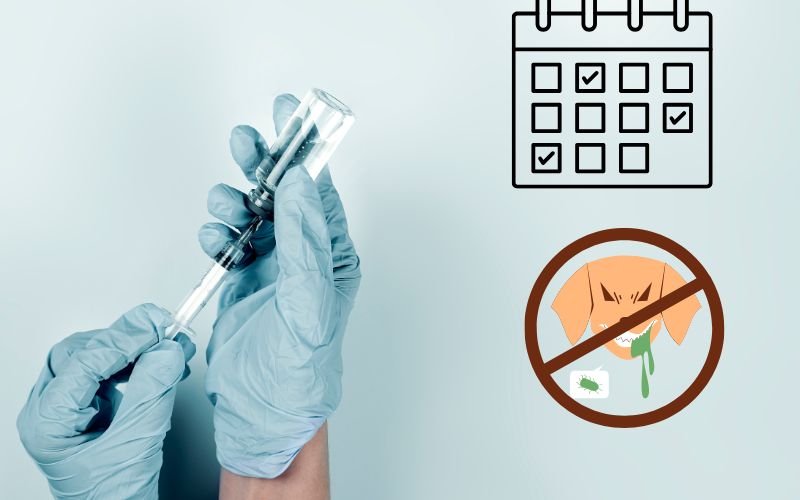
After a dog bite, the number of injections required depends on the potential risk of rabies exposure. If the dog is suspected of having rabies or the bite is from a wild or unvaccinated dog, the dog bite treatment regimen consists of five doses of the rabies vaccine.
Standard Rabies Vaccine Schedule
For individuals who are healthy and have not been previously vaccinated for rabies, the rabies vaccine is given in a series of five dog bite injections:
- Day 0: The first dose is administered on the day of the bite.
- Day 3: The second dose is given three days after the first.
- Day 7: The third dose is administered one week later.
- Day 14: The fourth dose is given two weeks after the first.
- Day 28: The fifth and final dose is given four weeks after the initial injection.
In addition to the dog bite vaccine, Human Rabies Immune Globulin (HRIG) may also be given, especially if the bite was from a high-risk animal, such as a stray or wild dog. The HRIG is injected at the site of the bite to provide immediate protection.
Rabies is a serious disease but the patient can prevent it with quick treatment. If you or someone you know in Delhi is bitten by a dog, do not way to consult for medical advice. Early dog bite treatment in Chanakyapuri with vaccinations prevents rabies and other infections. Remember to monitor the bite, clean and disinfect the wound, and follow the doctor’s advice on vaccination in Delhi.
Consult with Primus Hospital immediately after a dog bite to prevent the spread of rabies!



